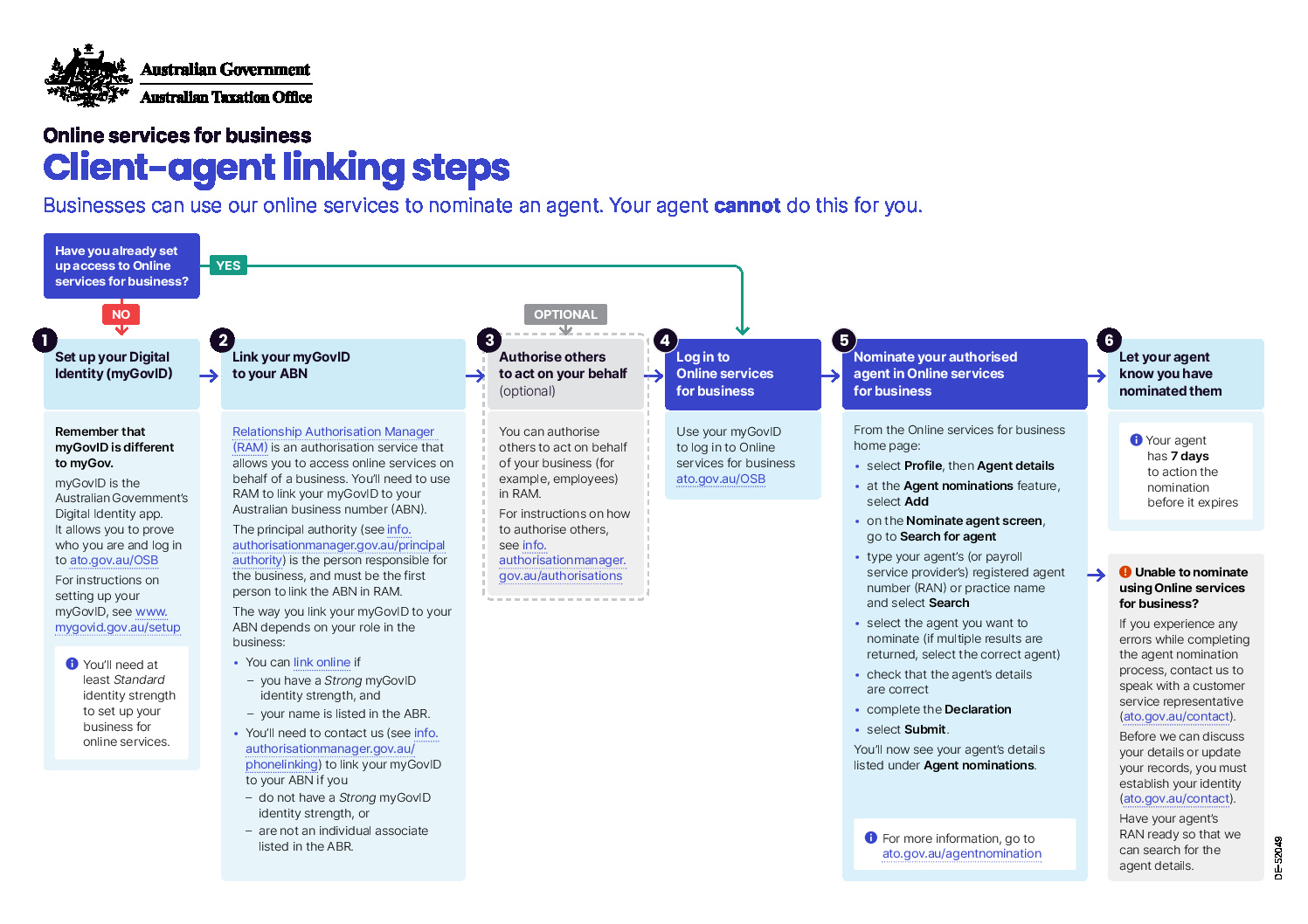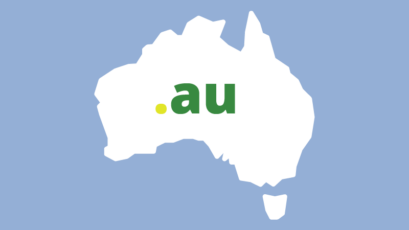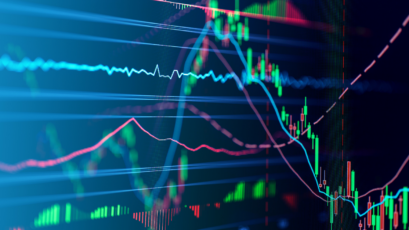It always rains after a drought
Here is your Financial Market Update for March 2016
After Australian equities officially hit bear market numbers in February, they sprang back with a rise of 4.78% in March. That helped to reduce the one-year trailing return (end of Mar ’15 to Mar ’16) for the ASX300 Accumulation index to -9.27%. The biggest gaining sector was Resources, up 6.66%.
Emerging markets staged a big rally, with a return of +5.57%.
Developed markets were also up, (US +6.60% and German DAX + 4.95%) but with the Aussie dollar rocketing up from $0.714 USD to $0.7657 USD at month end, it translated into a negative month (MSCI World in AUD -0.40%) for global equities when converted back to Australian dollars.
The Reserve Bank board meeting on 1 March took a wait and see approach leaving the Cash Rate at 2.00%. Notes of the minutes released later also confirmed our view that we remain well positioned to benefit from increased rural exports to China and incoming tourism related markets, and that while the transition from bulk commodities trade will be bumpy, Australia is not a one trick pony. Chinese exports rose by 11.5% year on year at the end of March, which is an encouraging sign of the positive effects of the recent stimulus. While the IMF reduced their outlook for global growth, they actually lifted their outlook for Chinese growth in the next two years.
Bank shares have been in the news during the month with concerns over exposure to both commodities and the housing market. Make no mistake, banks are highly leveraged and would be at greater risk in a full blown recession where unemployment increases dramatically. But quoting one fairly pessimistic fund manager we do find reasons to be optimistic.
“…The banking sector has de-rated to its greatest valuation discount to the industrials in twenty years over the last 12 months. This negative sentiment has reflected legitimate concerns about the possibility of a rising debt cycle, a decelerating housing market, and the possibility of greater capital provision. Nevertheless, we believe that at current valuations, these concerns are fully priced in”
Within the fixed interest sector, credit spreads narrowed a little during the month, which was good for most of the credit-related funds. At present, the forward-looking return profiles range from five-year government bonds at around 2.00% p.a. to Term Deposit returns around 2.7% to 3.00%, and a portfolio of investment grade bonds that yields around 3.40%. There is not a great deal of attractive opportunities there, however in spite of the naysayers we should continue to hold an allocation to these asset classes as an antidote to volatility which will no doubt continue for some time yet.













